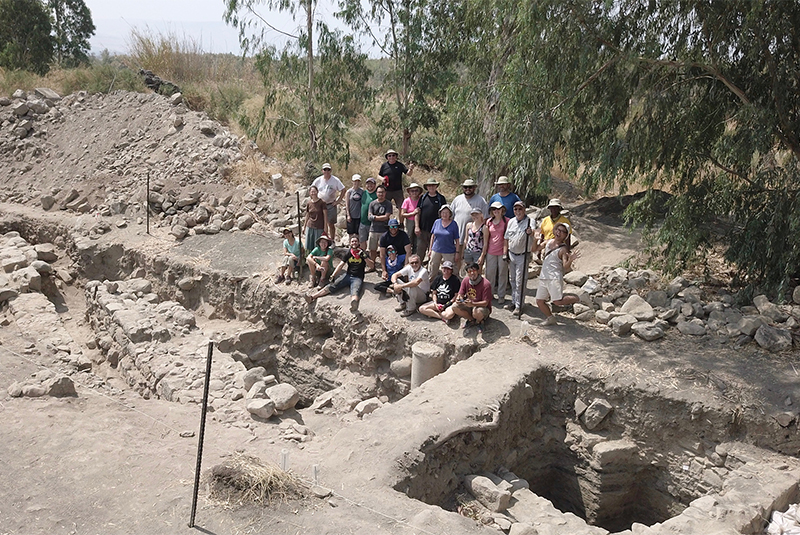The next day Jesus decided to go to Galilee. He found Philip and said to him, “Follow me.” Now Philip was from Bethsaida, the city of Andrew and Peter. Philip found Nathanael and said to him, “We have found him about whom Moses in the law and also the prophets wrote, Jesus son of Joseph from Nazareth.” John 1:43-45
The city of Bethsaida, on the shores of Galilee appears in each of the four gospels, and is the home of Jesus’ disciples Nathaniel, Peter, and Andrew. Its actual location has been something of a modern mystery though. Several sites have been suggested, but none have offered convincing proof. But now , maybe, one has offered up a promising find. Archeologists have unearthed what they claim is a Roman bathhouse which they believe is convincing evidence that this site is the the biblical Bethsaida.
These findings are consistent with the chronicles of the first-century historian Josephus Flavius, who wrote that the Roman King Philip Herod transformed the small village of Bethsaida into a polis, or city state, called Julias.
“He didn’t specify whether he built it directly on top of the village or nearby, but the presence of a Roman bathhouse says this was once an urban area,” said Mordechai Aviam, head of the Institute of Galilean Archaeology at Kinneret College and lead archaeologist for the excavation.
Aviam noted that the layer from the Roman period was found roughly 6 feet below a layer from the Byzantine period.
“We discovered a mosaic floor and other items that made it clear this was a Roman bathhouse,” he told RNS.
This year and last the team also discovered dozens of golden glass mosaics, evidence of an “important” and “magnificent” church, according to a statement from the college.
Aviam said this finding supports the testimony of an eighth-century Christian pilgrim who said he had “the house of Tsaida,” a church built “in honor of Peter and Andreas, two of Jesus’ apostles.”
Aviam said he is confident his team’s next excavation will yield “more evidence” that this is the site of Bethsaida and Julias.
image: The archaeological team at the excavation site in northern Israel. (Photo by Zachary Wong)

